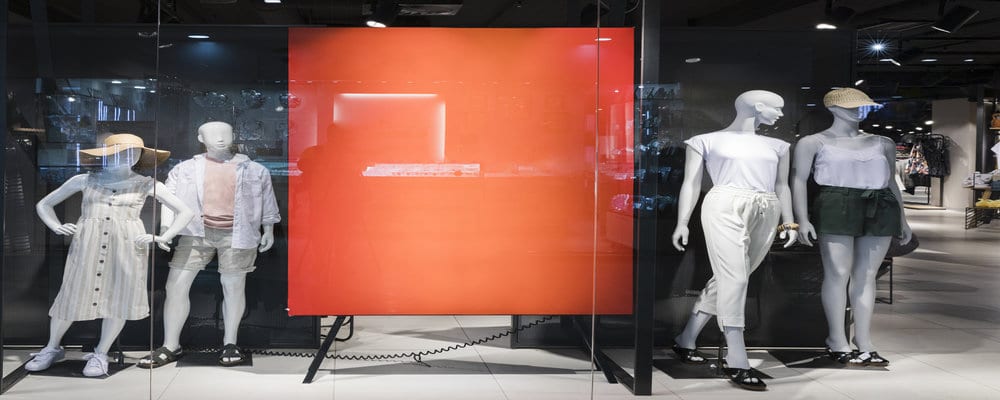When you monitor and evaluate the impact of displays, you should consider the objectives of a Visual Merchandising plan. Asking the following questions can help you monitor the effectiveness:
- Have product sales achieved the projected targets?
- Can customers readily locate products they want?
- Do customers seek additional information from staff?
- What changes could you make to achieve targets more quickly?
- Have you allowed enough time to achieve the targets, or too much?
- What other factors have impacted on the effectiveness of your visual merchandising?
Let’s take a look at sources of information that may help you to monitor the effectiveness of the displays.
Sources of information that may help you to monitor displays include: gaining feedback on the effect of displays and for details of relevant sales figures, observing the behaviour of customers, and asking sales staff to assist with general monitoring activities such as asking customers if they noticed the display.
This list includes some examples of how your company might monitor the performance of your visual merchandising:
- Promotional period sales % increases
- Visual impact
- Promotional period profits
- Customer satisfaction
- Traffic levels
- Increase in monthly sales total from last year (like-for-like promotions)
- Increase in profit level from last year (like-for-like promotions)
- Number of units sold (if product-only promotion)
- Increase in average spend by customers.
To be able to evaluate the promotion effectively, you need to know the objectives and the goals of the promotion before it is implemented.
Assessing and reporting the results
Likely, you will either report the outcomes of your promotion or the company-designed promotion to your manager or head office. Reporting is an important aspect of the promotion; it involves collecting the necessary information and presenting it in a clear and accurate format. Some of the information included in the report would be:
- Sales results
- Customer feedback
- Effectiveness of the VM guide
- Availability of product
- Effectiveness of ticketing/signage
- Customer and team understanding of the promotion
- Competitor promotions in the same time frame
- Communication from head office
- Stock levels during the promotion
- Best selling products
- Slowest selling products
- Effectiveness of window displays
Continuous improvement of promotional implementation
After each promotion, it is an important part of your role to make sure that you organise a team meeting to discuss what worked, and what could be done differently in future promotions to make sure that they are highly effective.
This creates a culture of innovation and continuous improvement and can be done by creating an environment that encourages continuous improvement, organising a team meeting and ask that each person thinks about what worked, and what could be done more effectively before the meeting, explaining that everyone will have a turn to voice their opinions.
Managers should also set ground rules that, while each person is giving their thoughts, there will be no critiquing and ask each person to be objective and to think about what changes can be influenced from within the store as well as by the organisation.
Lastly, managers should guide the team by asking them to consider areas such as rostering, the delegation of responsibilities, timelines, fixturing, creation, and maintenance of displays and pricing and ticketing policies.
Want to know more about analysing your promotions? The ARA Retail Institute runs a range of accredited and non-accredited courses specialising in consulting and education on a broad range of topics, including: Retail Buying, Financials, Visual Merchandising, Marketing, Operations, and Sales and Service Strategy. Click ‘training worksho
{{cta(‘7e82b0b3-ef0c-4151-8e7c-7a9d592d6e31′,’justifycenter’)}}
About the Retail Institute: The ARA Retail Institute is the leading national body providing for the education, consulting and professional development needs of the Australian retail industry. For more information visit: https://www.retailinstitute.org.au/




















